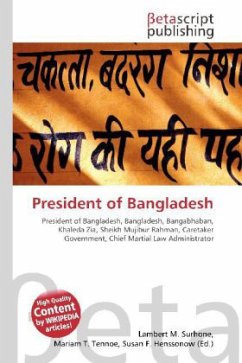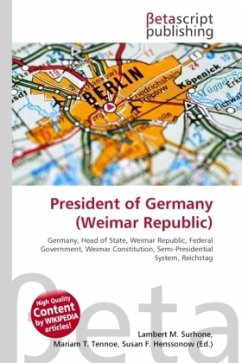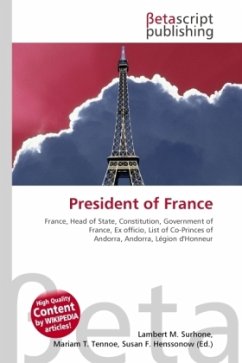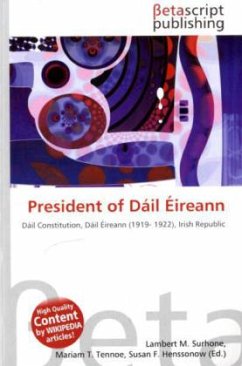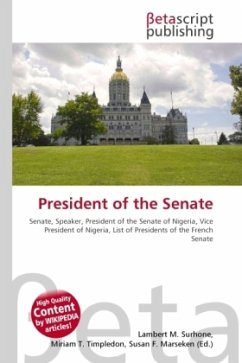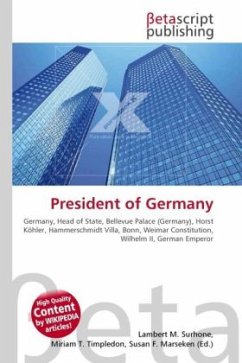Please note that the content of this book primarily consists of articles available from Wikipedia or other free sources online. Since 1991, the President of Bangladesh is the head of state, a largely ceremonial post elected by the parliament. Since 1996, the President''s role becomes more important after the term of the government has finished, when his executive authority is enhanced as laid down in the constitution of the country. The President resides at the Bangabhaban Palace, the office and official residence of the President of Bangladesh.The role of the president has been changed thrice since emergence of Bangladesh in 1971. Bangladesh started its journey with a parliamentary system of government where the president was a nominal head of the state while all the executive powers were vested in the prime minister. In 1974, the government under prime Minister Sheikh Mujibur Rahman switched from parliamentary to presidential system. It was reverted to parliamentary system in 1991 when Khaleda Zia became the prime minister of the country through parliamentary election.
Bitte wählen Sie Ihr Anliegen aus.
Rechnungen
Retourenschein anfordern
Bestellstatus
Storno

